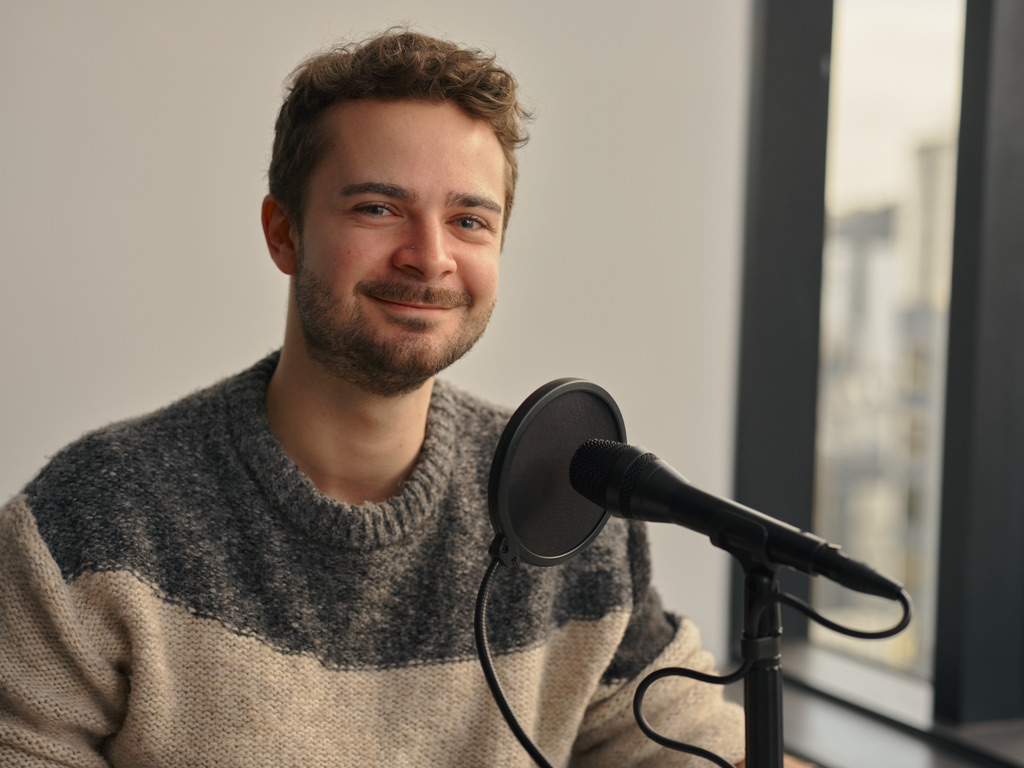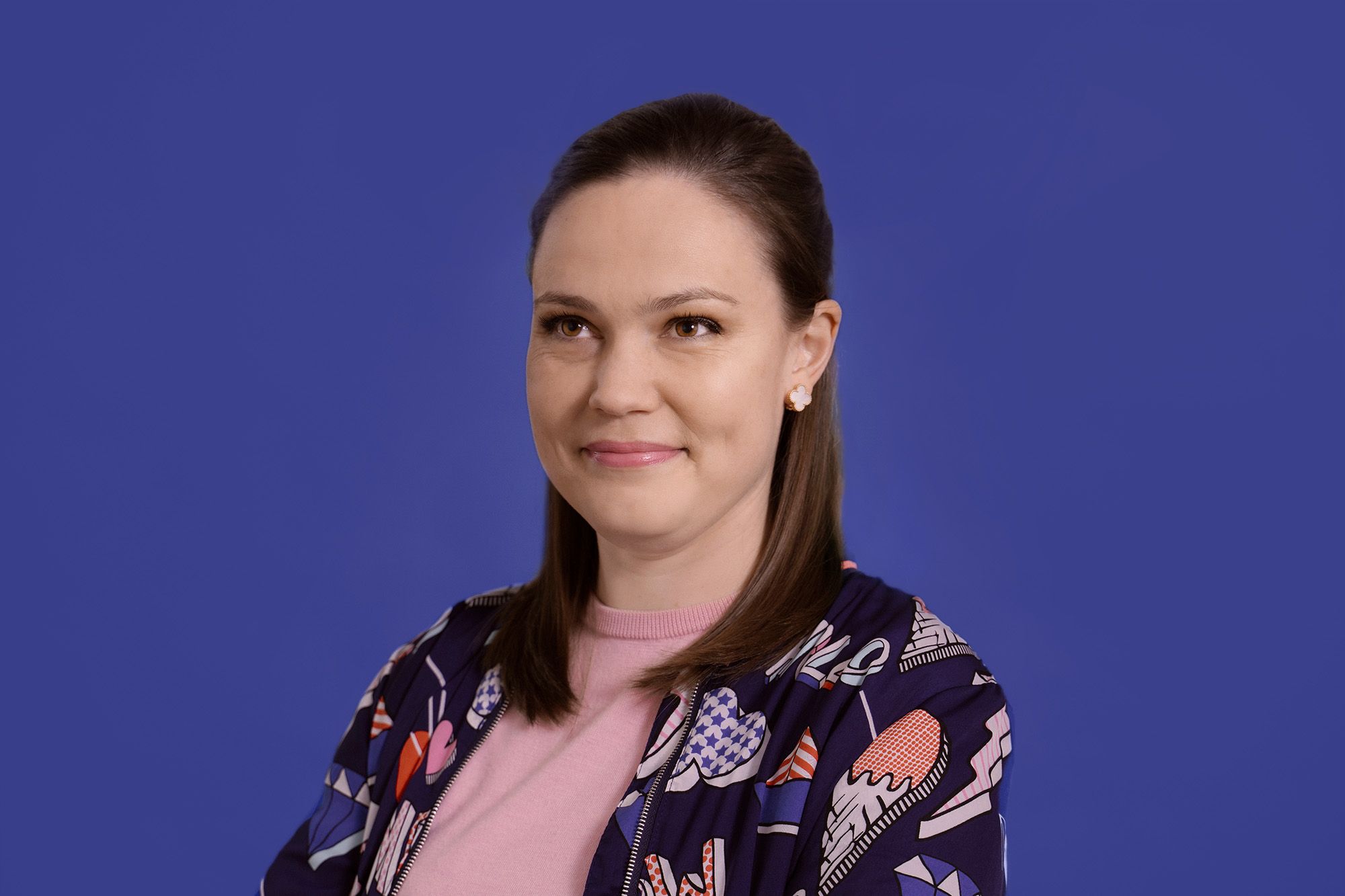
Mojo Mathers is a former Green Party MP, proud disability advocate and closed captioning aficionado. She loves watching sci-fi, and shows that display the grandeur and beauty of the great outdoors.
Kia ora Mojo, can you briefly tell us a little bit about yourself?
I’m currently working as Policy Coordinator at the Disabled Persons Assembly (DPA). The DPA is a recognised disabled person’s organisation and the only part of parliament that is by and for disabled people. Our primary focus is to advocate and uphold the rights of disabled people as set out in the UN Convention on the Rights of Persons with Disabilities (UN CRPD) across the whole of government and local government. We also uphold Te Tiriti O Waitangi and the principles of Enabling Good Lives (EGL).
All of those things have flowed on from the work I did during my time in parliament. I’m proud of my work as a policy coordinator at the DPA, and for advocating for the rights of disabled people.
Why is closed captioning important to you?
Captioning provides access to information for me. It provides access to social activities and all the different forms of entertainment.
I was born profoundly deaf and fitted out with body-worn hearing aids and then in-ear hearing aids later on in life. I actually got a cochlear implant about 8 months ago but even with the support of a hearing aid or cochlear implant, I still need access to captions in order to feel a part of the community and society. Our communities are held together by communication and so much of that is now online, on television, or on the radio. All of those things are often inaccessible unless they have captions or transcripts available.
What do you hope for the future of closed captioning in Aotearoa across media?
I think that closed captioning needs to be used anywhere it can be: on video, on social media, online movies, and streaming for the news and current events. All of it. Or transcripts provided to support captioning such as after a show has aired on the radio. And that should just be seen as business as usual for everything. It should be automatic to provide captions.
Including te reo Māori within the captions and transcripts as it is an official language of Aotearoa is important as well – especially for Māori Deaf and the wider deaf community, as they can feel excluded without access to te reo Māori.
What shows or genres do you enjoy watching and why?
I love sci-fi and especially Star Trek Voyager. I haven’t watched all of the Star Trek shows but I have seen a lot of them. I also love Dr. Who. Some of my earliest memories are of trying to watch Dr. Who when I was around 6 or 7 years old and of course I couldn’t understand anything that was being spoken, so it was all about the visuals and dramatics. It’s been amazing going back and watching all of the shows I didn’t understand back then with captions and catching up on all of the stuff I missed.
I also like shows about relationships and how people are going to respond in different scenarios. I enjoy shows that are set in different countries around the world and explore different landscapes and cultures as well.
Now for something a little different, if you could scale any animal in the world up or down to the size of a cat, which one would it be and why?
Oh gosh. I’ll start by saying that I have about 20+ goats and I’m not sure about making them any smaller. I like them as they are and a size I can lean against. I also have dogs but I like them as the size they are. Not cat-sized!
Which country would you love to travel to now that the world is opening up more again and why?
I’d like to go to Iceland because a lot of movies and shows are set there and the scenery is so dramatic and wild. Ice, snow, volcanoes, and the sea! I really wouldn’t mind going there.





